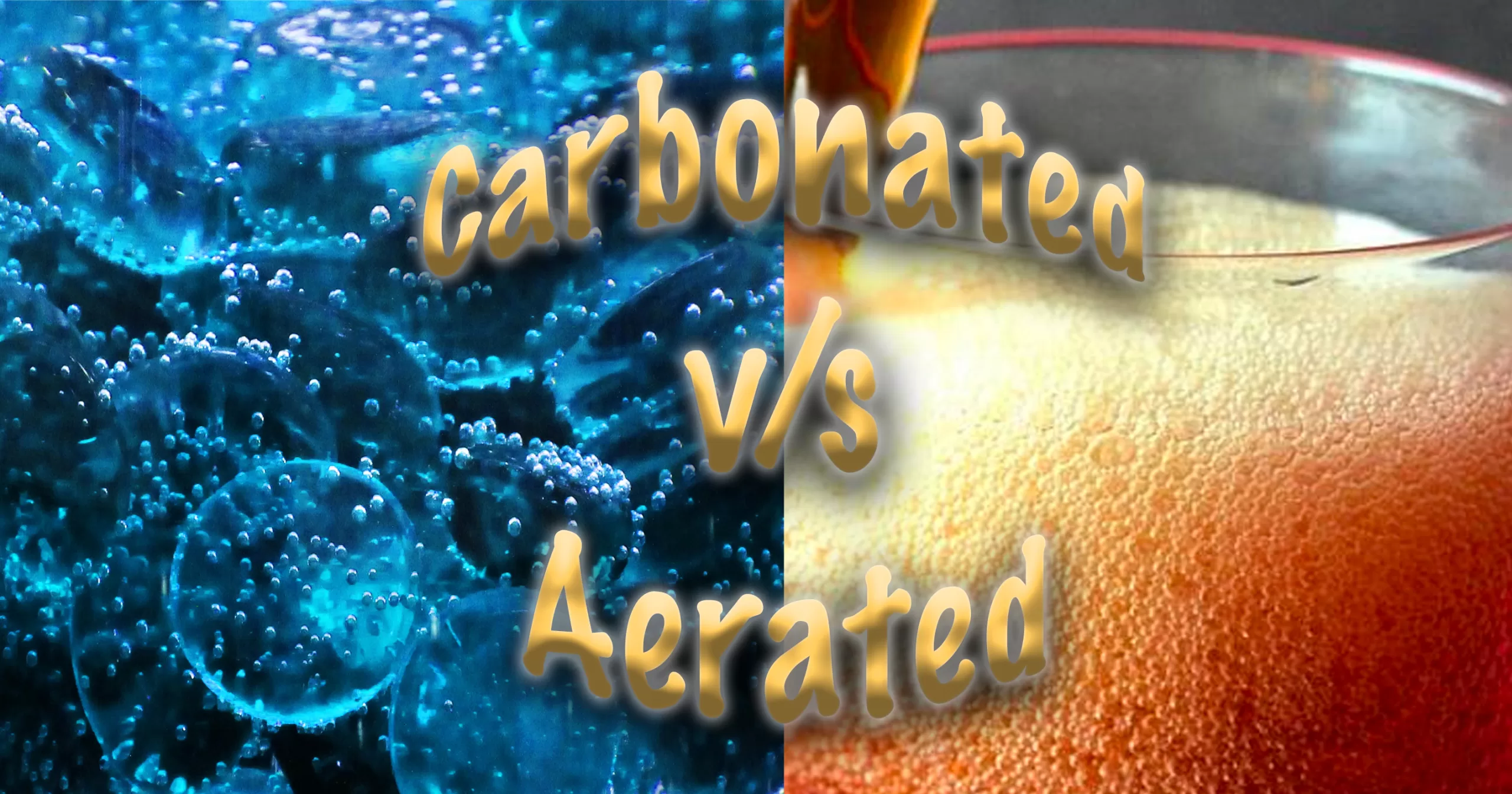Carbonated vs Aerated Drinks: Understanding the Difference and Health Impacts
When it comes to choosing a refreshing drink, many people might not give much thought to the type of bubbles in their beverage. However, understanding the difference over carbonated vs aerated drinks can help you make a more informed decision about what you're putting in your body. In this article, we'll explore the difference between these two types of drinks, as well as the potential health impacts of consuming them.
Carbonated Drinks
Carbonated drinks are perhaps the most well-known type of fizzy drink. They are made by infusing water with carbon dioxide gas under high pressure, which creates the familiar bubbles that give the drink its effervescence [4]. Carbonated drinks can be both alcoholic and non-alcoholic, and they come in a variety of flavors and styles.
While carbonated drinks are generally considered safe to consume, there are a few potential health impacts to be aware of. One concern is that carbonated drinks can cause excess production of stomach acid, which can irritate the stomach lining and cause a peptic ulcer [1]. Additionally, the sugar content in many carbonated drinks can contribute to weight gain and metabolic disorders such as diabetes [10]. Finally, it's worth noting that some people may be more sensitive to the carbonation in these drinks and experience discomfort or bloating after consumption.
Aerated Drinks
Aerated drinks are a less common but equally intriguing type of fizzy drink. Like carbonated drinks, they are infused with gas to create bubbles. However, in the case of aerated drinks, the gas used is often something other than carbon dioxide. For example, drinks made with nitrogen or nitrous oxide are sometimes referred to as "nitro" drinks, and they have a creamier texture and smaller bubbles than carbonated drinks [7].
While there are fewer studies on the health impacts of aerated drinks specifically, there are a few concerns to be aware of. For example, consumption of aerated drinks can slow down your metabolism, decrease fat-burning enzymes, and lead to weight gain [3]. Additionally, many aerated drinks contain added sugars, artificial sweeteners, and other additives that may not be ideal for your health.
Key Differences Between Carbonated and Aerated Drinks
While both carbonated and aerated drinks are fizzy, there are a few key differences between the two types of drinks. First and foremost, carbonated drinks are always made with carbon dioxide gas, while aerated drinks can be made with a variety of gases, depending on the desired texture and flavor. Additionally, carbonated drinks tend to have larger bubbles and a more aggressive effervescence, while aerated drinks tend to have smaller bubbles and a creamier texture.
Finally, it's worth noting that while carbonated drinks are widely available and well-known, aerated drinks are still somewhat of a specialty item. If you're interested in trying aerated drinks, you may need to seek out specialty cafes, bars, or other establishments that specialize in these beverages.
Conclusion
In conclusion, the terms "carbonated" and "aerated" drinks are often used interchangeably, but they are not the same. Understanding the difference between the two and their respective health impacts is important for making informed choices about what we drink. Carbonated drinks, which contain dissolved carbon dioxide, can be acidic and may have negative impacts on teeth and bones. On the other hand, aerated drinks are those infused with carbon dioxide gas, which gives them a unique mouthfeel, but may contain various ingredients that could be harmful in excess. When making choices about what to drink, it's important to read labels carefully and opt for healthier options whenever possible.


